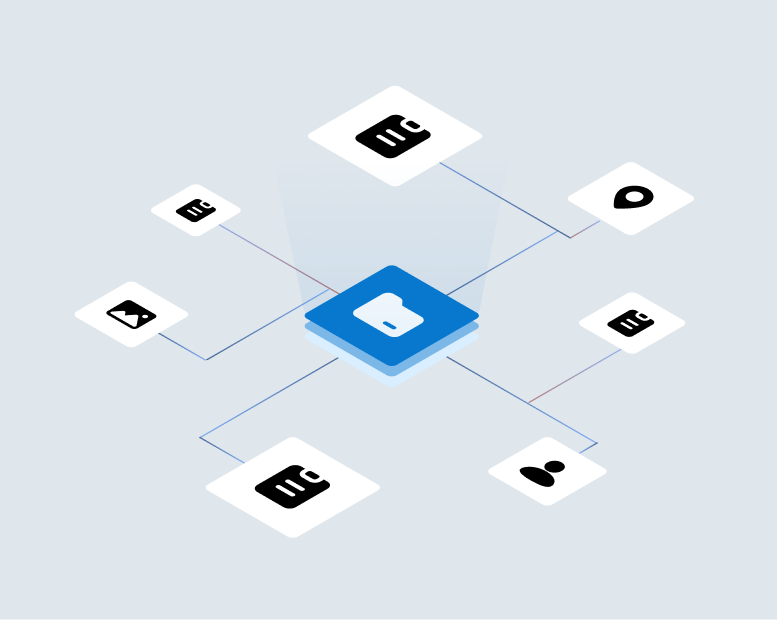We’ve all heard the narrative: “fraud constitutes from 15 to 20 percent of auto insurance premiums and up front underwriting fraud from inaccurate information on applications averages almost 10 points of that”. It’s a big, complex problem which is why we at VeracityID have developed a solution that can better identify and manage it.
But while the estimates of fraud incidence are probably reasonably accurate, they really don’t reflect the true nature of the problem. Because when actuaries calculate loss prevalence for rating tables they are calculating them based on the total loss (including unidentified fraud and errors) for each granular piece of the market. And there is reason to believe that honesty and competence and therefore the prevalence of fraud and errors vary widely by sex, age, education, income level, geography, channel and so on. Thus there are parts of the market that likely have very little fraud in them and other parts where fraud could be 30 to 40 percent of total premiums – huge pools of fraud. This creates an incredible opportunity for those who can identify even a fraction of the fraudulent or inaccurate information up front at a granular level.
Here are a few examples where this could be the case. I’m sure you can think of more.
- How much more prevalent are fraud and errors in lower income, inner city neighborhoods? What proportion of their ‘sky high’ losses and premiums are fraud and error related? If it’s much higher that average, an effective ongoing fraud identification and mitigation program would give a carrier the opportunity to grow rapidly in these communities, helping lower income consumers while getting credit for being a “Social Justice” Insurer.
- How much more prevalent is fraud via aggregators? What if you could score aggregators by not only your yield but by your fraud-clean yield? How would that change the way you reward them? How would that change their business model towards you? The same is true of agents. How can you train your channel to send you the ‘good stuff’ because you can identify a larger share of the ‘bad stuff’?
- How much more prevalent is fraud via the direct channel? What predictive indicator of web behavior are correlated with inaccurate or fraudulent information submission? Time? Web v. Mobile Web? Browser? Time spent in session? Commercial, home or school web addresses? By wireless carrier? Identifying defects and their costs allow you to continually deepen your segmentation, allowing finer and finer pricing offers.
There’s even more: the greater the variation between the incidence of fraud and other defects from one granular segment to another – the greater the opportunity for early entrants to create huge value. Because the concentration of fraud means there’s a concentration of value to be mined. And that means that proportionately small reductions in fraud and error incidence can lead to huge pricing and profitability advantages. For the early mover it radically increases the upside of pursuing a focused, ongoing fraud identification and mitigation strategy like the the one that we deliver via our idFusion Auto Insurance solution.


